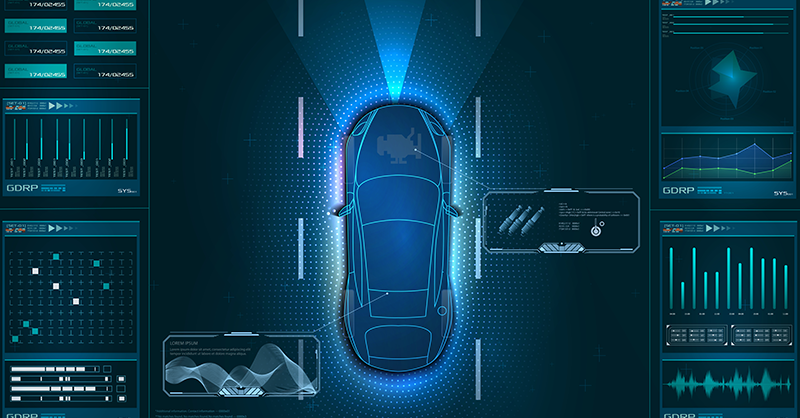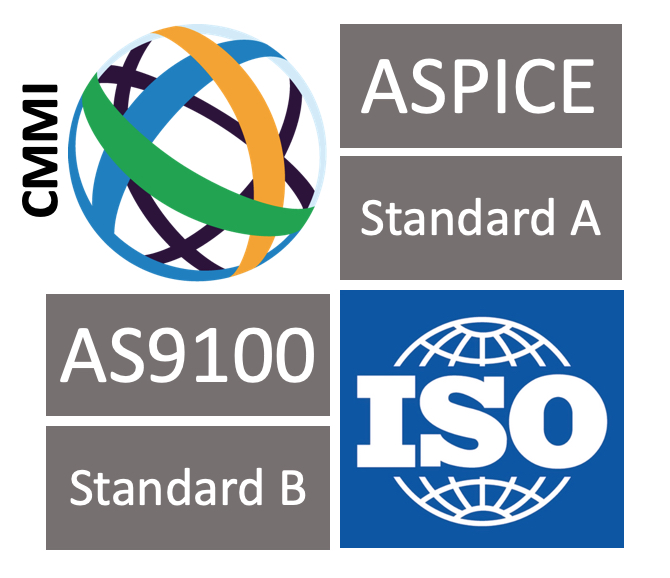CMMI (Capability Maturity Model Integration) and SPICE (Software Process Improvement and Capability dEtermination) are both frameworks used to improve the quality and effectiveness of software development processes. While they have some similarities, there are also some key differences between the two.
One major difference between CMMI and SPICE is their focus and scope. CMMI is a more comprehensive framework that covers a wide range of software development processes, including project management, engineering, and quality assurance. It aims to improve the overall capability of an organization to deliver high-quality products and services. SPICE, on the other hand, is a more focused framework that specifically targets the quality of software products. It provides a set of guidelines for evaluating and improving the processes involved in developing software, including requirements engineering, design, implementation, testing, and maintenance.
Another key difference between CMMI and SPICE is their evaluation and assessment process. CMMI uses a staged model, where organizations progress through different levels of maturity, starting at level 1 (initial) and progressing to level 5 (optimizing). Each level represents a higher level of capability and effectiveness in software development. To assess an organization's maturity level, CMMI uses a process called appraisal, which involves a formal review of the organization's processes and practices by trained assessors. SPICE, on the other hand, uses a continuous model, where organizations are not assigned a specific level, but rather are evaluated on a scale from 1 to 5, with 1 being the lowest and 5 the highest. SPICE assessments are typically performed by internal teams, rather than external assessors.
Another key difference between CMMI and SPICE is the level of detail and prescriptiveness. CMMI is a more detailed and prescriptive framework, providing specific guidance on how processes should be implemented and managed. It also includes a set of specific process areas that organizations must address in order to achieve a particular maturity level. SPICE, on the other hand, is a more flexible and adaptable framework, providing general guidelines rather than specific requirements. It does not have specific process areas that organizations must address, but rather provides a set of criteria that must be met in order to achieve a particular rating.
In summary, CMMI and SPICE are both frameworks that can be used to improve the quality and effectiveness of software development processes. While they have some similarities, they also have some key differences, including their focus and scope, evaluation and assessment process, and level of detail and prescriptiveness. Ultimately, the choice between CMMI and SPICE will depend on the specific needs and goals of an organization, as well as its culture and readiness to adopt new processes and practices.








